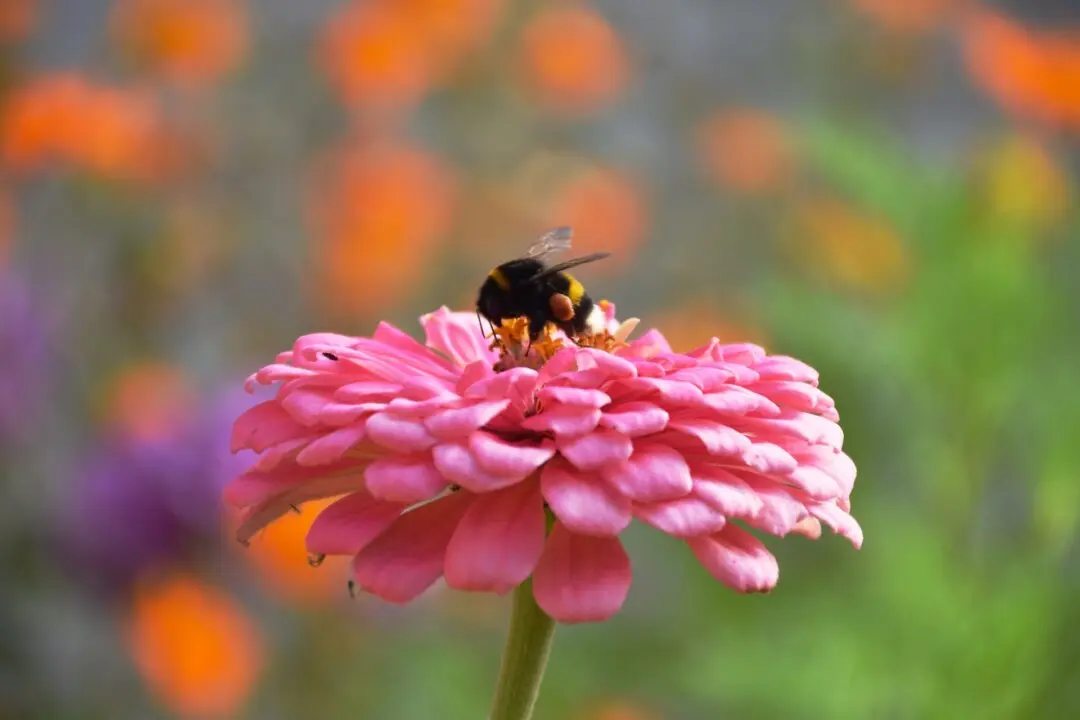Question: I received a pretty blue flowering hydrangea for Mother’s Day. I already have white-flowering hydrangeas that I would like to turn blue. I was told I could put nails in the soil around the roots to turn them blue. Is that true, and if so, what kind of nails do you use?
Answer: It is not true that nails or pennies should be put in the soil around plants for any reason. They will not help the hydrangea have blue flowers.





